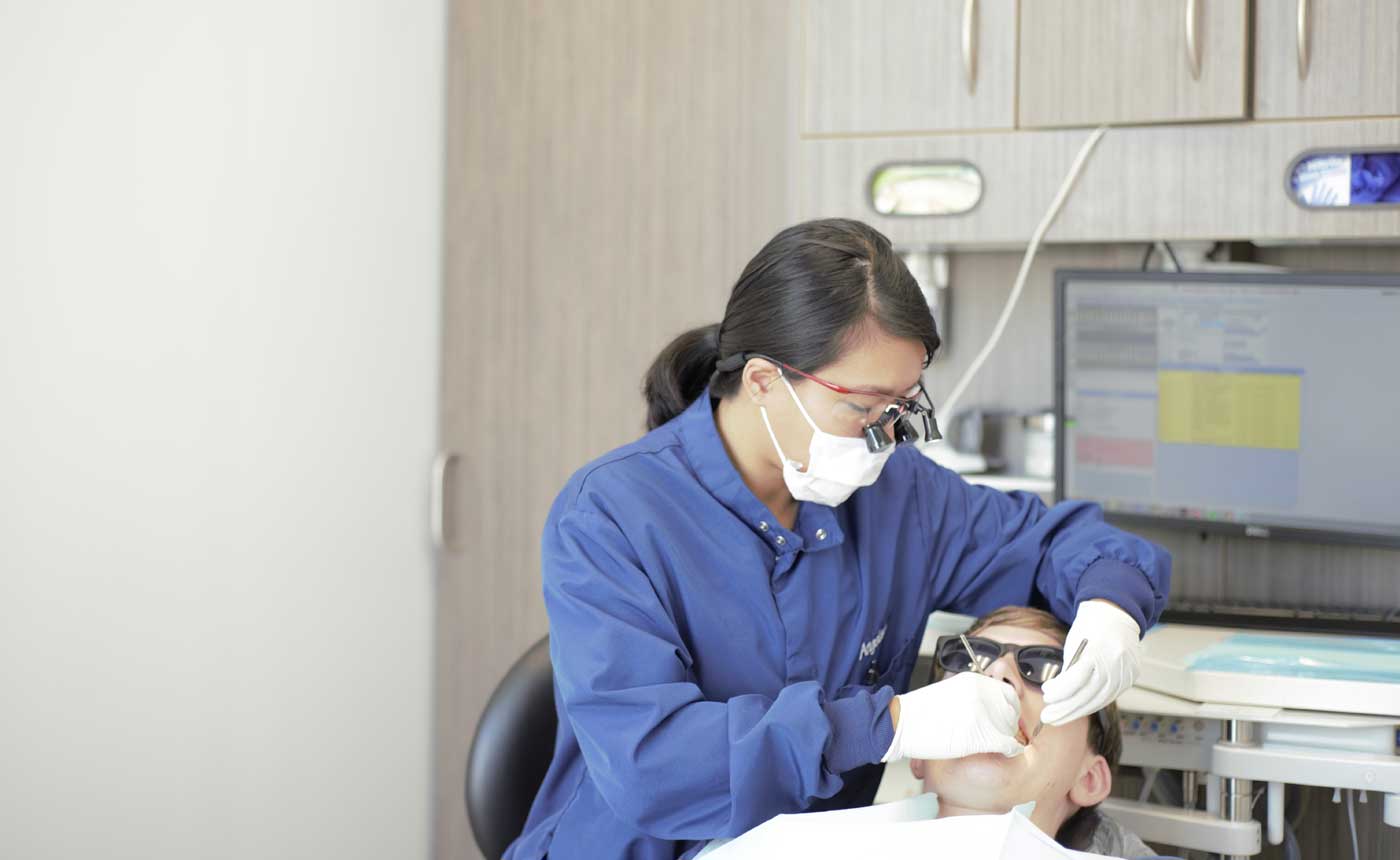In addition to being a medical procedure, dental braces open the door to a confident, healthy smile.
Orthodontists advise braces to treat various disorders, including crowded and crooked teeth, misaligned jaws, and biting abnormalities. Beyond appearances, additional benefits include better speaking, better oral hygiene, and more comfortable eating. One of the tried and true ways to get maximum results is silver braces, known as traditional metal braces.
Understanding The Baces Types
Braces made of metal.
The most popular kind of braces in the world are metal or traditional braces, which have been used for over a century. Braces used to be highly conspicuous and big.
Patients who are youngsters or adolescents are the primary demographic for metal braces.
They operate by applying the braces to the teeth and joining them with a wire. Elastic ties, available in various colours, attach the wire to the braces. At your sessions, every 4–8 weeks, the orthodontist adjusts the wire to shift the teeth.

Brace that Self-Ligates
Self-ligating braces are made of transparent or ceramic material and function similarly to metal and ceramic braces. They also use wires and braces to shift their teeth. Self-ligating braces are different from metal or ceramic braces in that they utilize doors or clips instead of elastic rubber ties to hold the wire in place.
They are thus a wise option for:
- Individuals who are more easily uncomfortable
- Individuals with developmental delays who require orthodontic treatment
- Patients who find it challenging to remain motionless in the dentist's chair for extended periods.
Braces made of ceramic.
Braces composed of transparent, tooth-coloured material are known as ceramic braces. They are less noticeable and more covert than metal braces, but they function in the same way. Patients who wish to straighten their teeth discretely and cost-effectively but don't think Invisalign or lingual braces are suited for them are the ones who use ceramic braces the most. Ceramic braces are more cost-effective than metal braces and are less apparent than the latter.
Braces for Lingual
On the market, lingual braces placed behind teeth are the most specialist and uncommon orthodontic device. This is because they need a distinct set of orthodontic abilities that only a few orthodontists spend the necessary time honing. Since lingual braces are not covered in orthodontic school, orthodontists must acquire the skills to use them properly. Adults with significant orthodontic needs who want invisible braces are ideal candidates for lingual braces behind the teeth.

Clear Aligners And Invisalign
The last ten years have seen a sharp increase in the use of clear aligners. Patients who had braces as children and only require a "touch up" or who have mild to moderate dental issues like misaligned teeth, a significant overbite, no problems with the alignment of their jaw, or gaps between their front teeth (open bite) can benefit significantly from Invisalign.
Lingual braces beneath the teeth or lingual braces and Invisalign together can provide a distinctive and aesthetically pleasing treatment option for more complicated issues.
Concluding The Matter
In addition to enhancing dental health and function, teeth braces can improve your appearance. There's no shortage of orthodontic solutions these days. Find a dentist near me walk in who performs pleasingly for you and can be assisted by your orthodontist or dentist. You can have a gorgeous, healthy smile for many years with an investment in braces.
Comments